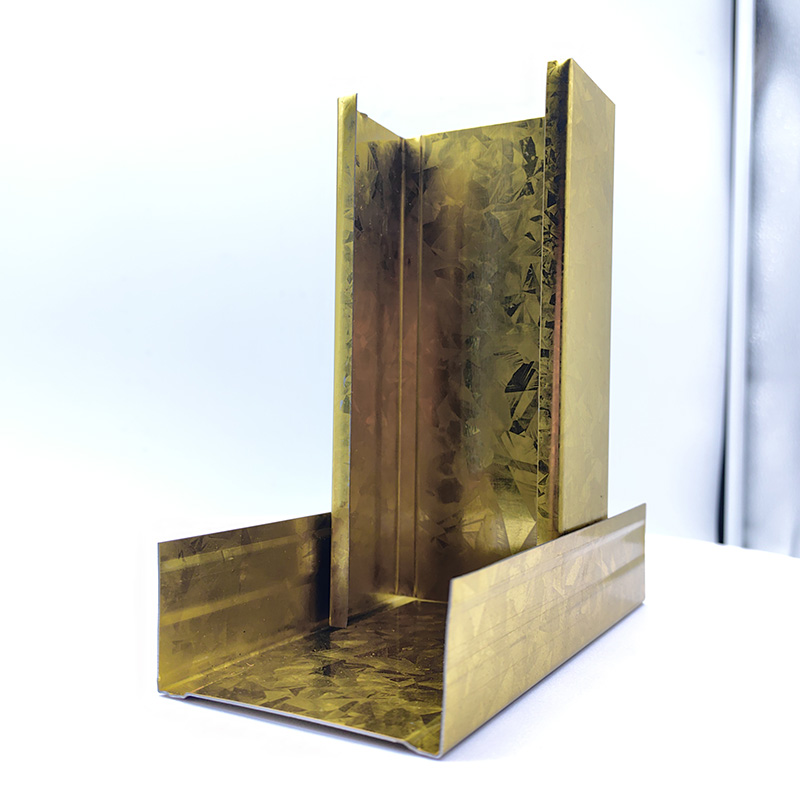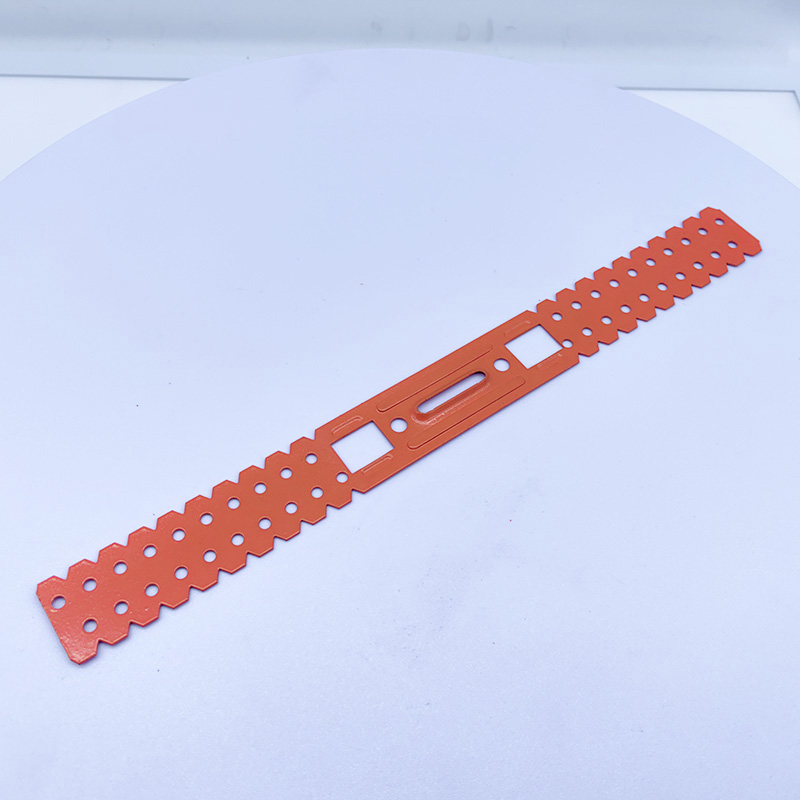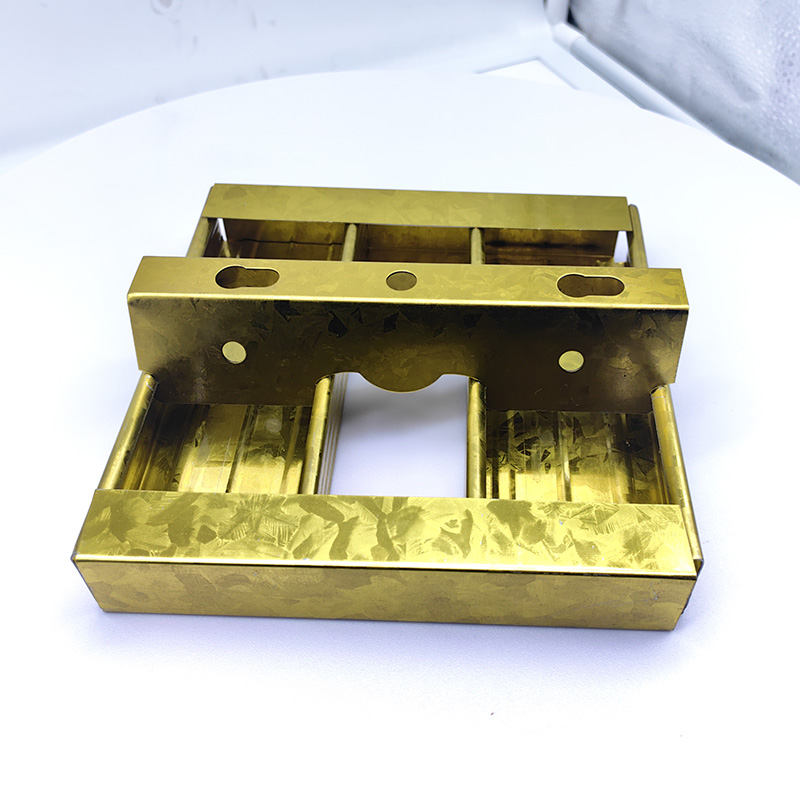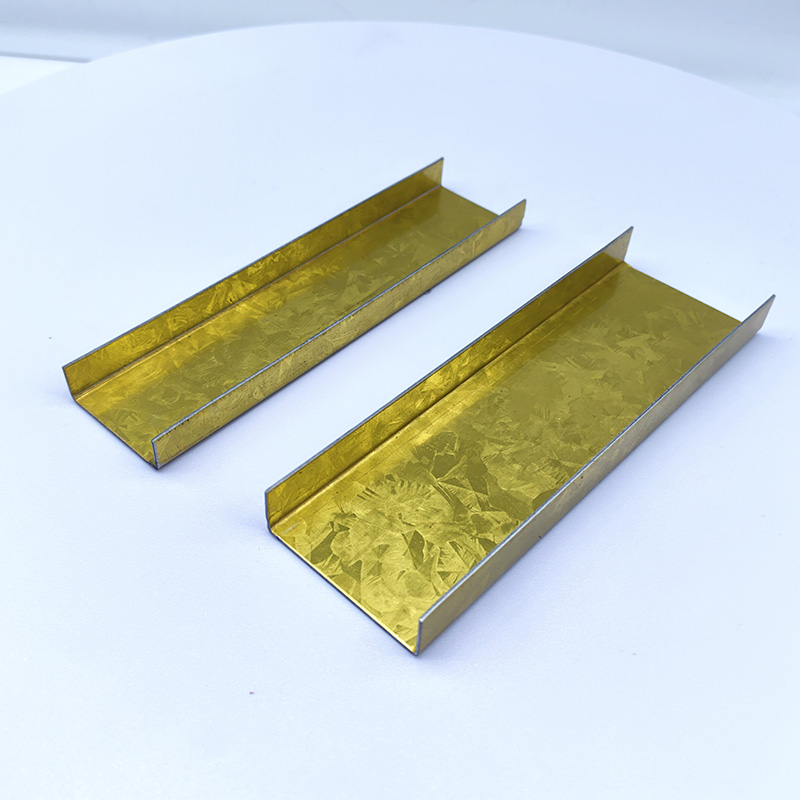How to Choose High-Quality Lightweight Steel Partition Wall Materials
2025-02-14 17:10:11
1. Introduction
In interior decoration, lightweight steel partition walls are widely used for space division due to their advantages such as easy installation, environmental friendliness, and durability. However, the market is flooded with a variety of lightweight steel partition wall materials of varying quality. How to select high-quality materials has become a focal point for many homeowners and decorators. This article will provide a comprehensive guide to selecting lightweight steel partition wall materials from the aspects of material, specifications, and installation points.
2. Core Performance Comparison of Lightweight Steel Partition Wall Materials
2.1 Structural Strength and Stability
High-quality lightweight steel partition wall materials should possess high strength and good stability, capable of withstanding certain pressures and impacts to ensure the solidity of the partition wall. When comparing different types of lightweight steel keels, pay attention to factors such as wall thickness and cross-sectional shape, as these will affect the load-bearing capacity and deformation resistance of the keels.
2.2 Fire and Moisture Resistance
Lightweight steel partition wall materials need to have good fire and moisture resistance to meet safety requirements in different settings. Understand the fire rating of the materials and choose fire-resistant materials that meet the standards. Additionally, pay attention to the moisture-proof treatment of the materials to prevent rusting and deformation in humid environments.
2.3 Sound Insulation and Thermal Insulation Effects
For spaces that require quietness or thermal insulation, the sound insulation and thermal insulation performance of lightweight steel partition wall materials are crucial. Choose composite materials with sound insulation or thermal insulation layers, or enhance the sound and thermal insulation effects of the partition wall by adding auxiliary materials such as sound insulation cotton or thermal insulation boards.
2.4 Environmental and Health Considerations
Environmental performance is an indispensable aspect of modern decoration. Choose lightweight steel partition wall materials that comply with national environmental standards to ensure that the materials do not contain harmful substances such as formaldehyde and benzene, thereby safeguarding the health of occupants.
3. Specification Selection of Lightweight Steel Partition Wall Materials
3.1 Keel Specifications
The specifications of lightweight steel keels directly affect the load-bearing capacity and stability of the partition wall. Choose appropriate keel specifications based on the height, span, and required load-bearing capacity of the partition wall, including factors such as wall thickness, width, and height of the keels.
3.2 Board Thickness and Material
The thickness and material of the boards are also important factors to consider when selecting. Thicker boards generally have better load-bearing capacity and sound insulation effects but will also increase costs. At the same time, pay attention to the material of the boards, such as gypsum board or calcium silicate board, as different materials have different characteristics and applicable scenarios.
3.3 Accessories and Auxiliary Materials
The installation of lightweight steel partition walls also requires a series of accessories and auxiliary materials, such as screws, self-tapping screws, and sealants. Choose accessories that match the main materials to ensure the stability and sealing performance of the installation.
4. Key Points for Installing Lightweight Steel Partition Wall Materials
4.1 Pre-Installation Preparation
Before installation, clean the wall surface to ensure it is flat, free of oil stains, and debris. At the same time, prepare the tools and materials required for installation, such as a tape measure, level, electric drill, and screwdriver.
4.2 Detailed Installation Steps
Measurement and Positioning: Use a tape measure and level to accurately measure the corner positions and determine the installation positions and spacing of the keels.
Keel Installation: Install the keels according to the measured positions, ensuring they are vertical and flat, and secure them firmly with screws or self-tapping screws.
Board Laying: Lay the boards on the keels, paying attention to the splicing and fixing methods of the boards to ensure they are flat and seamless.
Sealing Treatment: Use sealant to seal the joints between the boards and the contact points with the wall surface to improve the sound insulation and moisture resistance of the partition wall.
4.3 Installation Precautions
Pay attention to personal safety during installation to avoid scratches or injuries.
Ensure that the installation positions of the keels and boards are accurate to prevent skewing or loosening.
For partition walls with special requirements (such as those needing higher load-bearing capacity or fire ratings), design and install them according to relevant specifications.
5. Selection Summary and Recommendations
5.1 Comprehensive Consideration of Usage Environment
Choose appropriate lightweight steel partition wall materials based on the usage environment of the partition wall (such as whether it is humid or requires load-bearing). For example, choose materials with moisture-proof properties in humid environments and materials with higher structural strength in areas requiring load-bearing.
5.2 Matching with Decoration Style
The selection of lightweight steel partition wall materials should also match the overall decoration style. Consider factors such as the color, texture, and feel of the materials to ensure that the partition wall coordinates with the surrounding environment.
5.3 Reasonable Budget Control
Under the premise of meeting performance and aesthetic requirements, reasonably control the budget. Compare the prices, performance, and after-sales service of different brands and models of materials to select products with higher cost-effectiveness.
5.4 Emphasis on After-Sales Service
Choose suppliers and brands with good after-sales service. In case of problems during installation and use, they can be promptly resolved and supported.
In summary, selecting high-quality lightweight steel partition wall materials requires a comprehensive consideration of factors such as material, specifications, installation points, usage environment, decoration style, and budget. Through the introduction and analysis in this article, it is hoped that readers can better understand and choose suitable lightweight steel partition wall materials for themselves.

A Double Anti-Rust Gold Partition Wall Stud is a type of steel stud commonly used in the co...

A CD UD Profile Furring Clip U Clamp is a type of metal fastening component used in the ins...

A 60mm Ceiling Grid refers to a type of suspended ceiling system, commonly used in commerci...

38mm Main Tee and 50mm Main Tee refer to the widths of the main tee profiles used in suspen...

